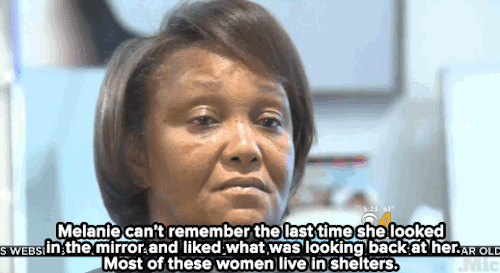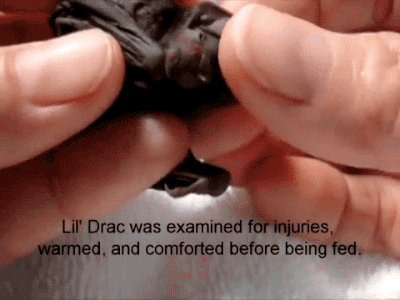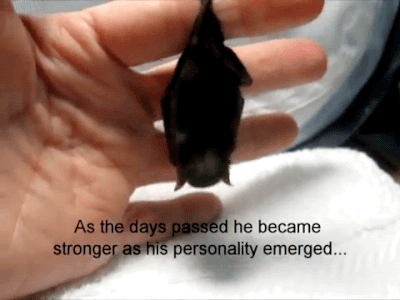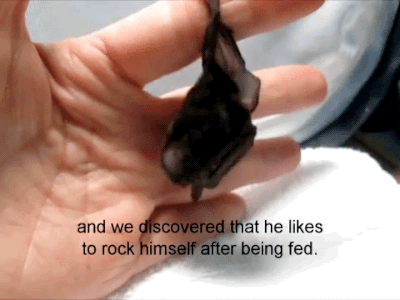Anyone Who Believes Exponential Growth Can Go On Forever In A Finite World Is Either A Madman Or An Economist.
Anyone who believes exponential growth can go on forever in a finite world is either a madman or an economist.
Kenneth Boulding
More Posts from Dotmpotter and Others
“We have an opportunity to re-think how we regulate city activities for the public interest. I think the big opportunity is to harness the data streaming out of all of these activities and use it to enable a more permissive, but more accountable, “2.0” regulatory regime.”
- Nick Grossman
By focusing on peer-to-peer urbanism, we would be able to create more functional and enjoyable communities while using less resources through sharing — both on and offline. By working collaboratively, there’s an opportunity to create solutions for the masses at a lower cost for the government, and therefore for tax payers. It’s problem solving by community.
Check out the interesting examples of user-generated urbanism, agile urbanism, and today’s peer-to-peer urbanism movement in Nick’s post.
(via loyalcx)
How To Avoid The Next Atlantis
They say nothing in life is guaranteed except death and taxes. Maybe we should add rising sea levels to that list?
The lapping waves of Earth’s oceans are going to move as much as 1 full meter higher within our lifetimes, and perhaps several meters more in the coming centuries depending on what we do or don’t do about slowing down climate change. Part of this comes from melting glaciers and ice shelves flowing out to sea, and part comes from the natural expansion of water as it warms, but we have to face facts: Sea level is rising.
This new video from MinuteEarth looks at some of the interesting ways that coastal cities around the globe are trying to get ready for a wetter world. I wish this wasn’t something we had to prepare for, but I’m glad we’ve got smart people on the job.
Bonus: Curious what 1 meter of sea level rise looks like? Head over to Climate Central and play with their Surging Seas map simulator. Look, you can even make half of Florida and Louisiana disappear!

Byzantine 'flat-pack' church to be reconstructed in Oxford after spending 1,000 years on the seabed

Centuries before the Swedes started flat-packing their furniture, the Holy Roman Emperor Justinian had his own version, sending self-assembly churches to newly conquered parts of his empire.
Now one of the “Ikea-style” churches, which spent more than 1,000 years on a seabed after the ship carrying it sank, is to be reconstructed for the first time in Oxford.
The Byzantine church will be on display at the Ashmolean Museum of Art and Archaeology as part of the exhibition Storms, War and Shipwrecks: Treasures from the Sicilian Seas, opening in June.
Paul Roberts, co-curator of the exhibition, said: “Everything in the exhibition will be from under the sea. It’s very different from what’s been done before. Read more.










Watch: A haircut may not solve homelessness — but it can make all the difference for these women.
Follow @stylemic

From Hawaii’s flurry of hurricanes, to record high sea ice in Antarctica, and a heat wave that cooked the Australian Open like shrimp on a barbie, 2014 saw some wild weather. How much of that was tied to climate change is what scientists around the world tried to answer in the Bulletin of the American Meteorological Society’s annual attribution report, which was published Thursday.
What they discovered was that the clearest impacts of warming could be found in heat-related events, from heat waves on land to unusually hot ocean waters. Other events, like droughts in East Africa and the Middle East, California’s intense wildfires, and winter storms that continually swept across the eastern U.S., were harder to pinpoint. In part this is because such events are inherently complex, with a multitude of factors influencing them.
For example, while the East African drought was found to be both more likely and more intense because of warming, the situation in the Middle East was less clear, with no discernable climate change connection to the various factors that influenced it. Likewise, no direct push from climate change could be found in California’s wildfire activity, though it is clear that it is increasing the overall wildfire risk there.
And while some events, like the U.S. winter storms and the record high Antarctic sea ice extent, could be pinned to a particular cause, that cause could not be linked to climate change. For other events, like the drought in Brazil and flooding in the Canadian prairies, humans influenced the likelihood in other ways besides the greenhouse gases that continue to be emitted into the atmosphere.
What was clear, though, is that the fast-growing field of what is called extreme event attribution is gaining momentum. Researchers are casting a wider net for extreme events to examine and continually refining their methods. Attribution work has traveled a considerable distance since its inception just over a decade ago.
“Extreme event attribution” is a new topic for me. Very cool science right thar.



HiPOD (2 May 2018): Clays in a Grouping of Small Craters
— 282 km above the surface. Black and white is 5 km across; enhanced color is less than 1 km.
NASA/JPL/University of Arizona
-
 ohhhhappyhappyday reblogged this · 6 years ago
ohhhhappyhappyday reblogged this · 6 years ago -
 petergoddard98 reblogged this · 8 years ago
petergoddard98 reblogged this · 8 years ago -
 theabscenseofartisart reblogged this · 8 years ago
theabscenseofartisart reblogged this · 8 years ago -
 bonedrone liked this · 9 years ago
bonedrone liked this · 9 years ago -
 thelettervi-ttv liked this · 9 years ago
thelettervi-ttv liked this · 9 years ago -
 moosefeels liked this · 9 years ago
moosefeels liked this · 9 years ago -
 helianthus-heart reblogged this · 9 years ago
helianthus-heart reblogged this · 9 years ago -
 ohmeursault liked this · 9 years ago
ohmeursault liked this · 9 years ago -
 dope-odyssey reblogged this · 9 years ago
dope-odyssey reblogged this · 9 years ago -
 tropicalhomestead reblogged this · 9 years ago
tropicalhomestead reblogged this · 9 years ago -
 tropicalhomestead liked this · 9 years ago
tropicalhomestead liked this · 9 years ago -
 dreamworldbaby reblogged this · 9 years ago
dreamworldbaby reblogged this · 9 years ago -
 unendingodyssey reblogged this · 9 years ago
unendingodyssey reblogged this · 9 years ago -
 redacted-articles liked this · 9 years ago
redacted-articles liked this · 9 years ago -
 yellowbonebitchh reblogged this · 9 years ago
yellowbonebitchh reblogged this · 9 years ago -
 yellowbonebitchh liked this · 9 years ago
yellowbonebitchh liked this · 9 years ago -
 jalapenohollaback liked this · 9 years ago
jalapenohollaback liked this · 9 years ago -
 gnarlyvibess reblogged this · 9 years ago
gnarlyvibess reblogged this · 9 years ago -
 stoned-moaning-myrtle reblogged this · 9 years ago
stoned-moaning-myrtle reblogged this · 9 years ago -
 thiscrazyworldwelivein reblogged this · 9 years ago
thiscrazyworldwelivein reblogged this · 9 years ago -
 modernslaves reblogged this · 9 years ago
modernslaves reblogged this · 9 years ago -
 randomblink reblogged this · 9 years ago
randomblink reblogged this · 9 years ago -
 2002christinaaguilera reblogged this · 9 years ago
2002christinaaguilera reblogged this · 9 years ago -
 mirrix reblogged this · 9 years ago
mirrix reblogged this · 9 years ago -
 tryingagainhere reblogged this · 9 years ago
tryingagainhere reblogged this · 9 years ago -
 res-publica reblogged this · 9 years ago
res-publica reblogged this · 9 years ago -
 dotmpotter reblogged this · 9 years ago
dotmpotter reblogged this · 9 years ago -
 russinnova reblogged this · 9 years ago
russinnova reblogged this · 9 years ago -
 russinnova liked this · 9 years ago
russinnova liked this · 9 years ago -
 kairosadvisers reblogged this · 9 years ago
kairosadvisers reblogged this · 9 years ago -
 wordmage-girl liked this · 9 years ago
wordmage-girl liked this · 9 years ago -
 thatcakeisapie reblogged this · 9 years ago
thatcakeisapie reblogged this · 9 years ago -
 ravenheartsanguinespirit-blog liked this · 9 years ago
ravenheartsanguinespirit-blog liked this · 9 years ago -
 kufuumon reblogged this · 9 years ago
kufuumon reblogged this · 9 years ago -
 candychicksandrock reblogged this · 9 years ago
candychicksandrock reblogged this · 9 years ago -
 bigmo98 liked this · 9 years ago
bigmo98 liked this · 9 years ago










